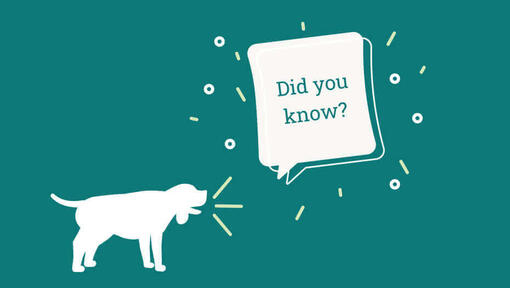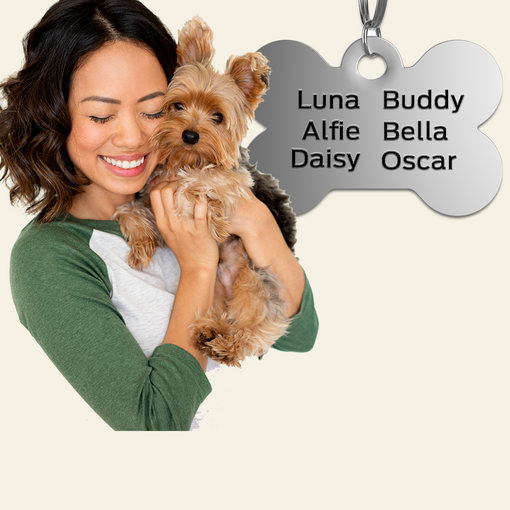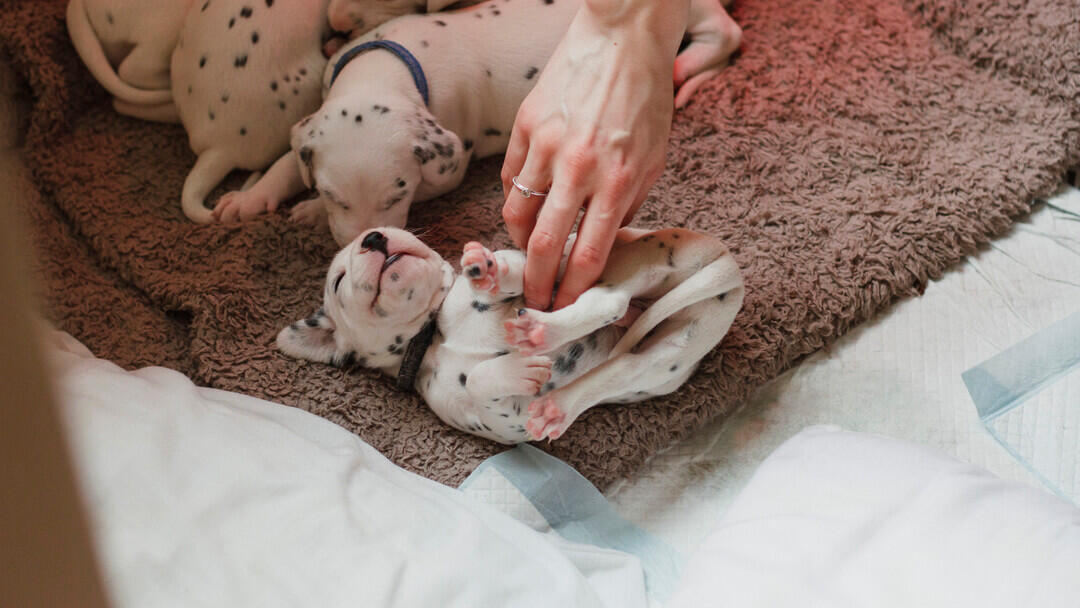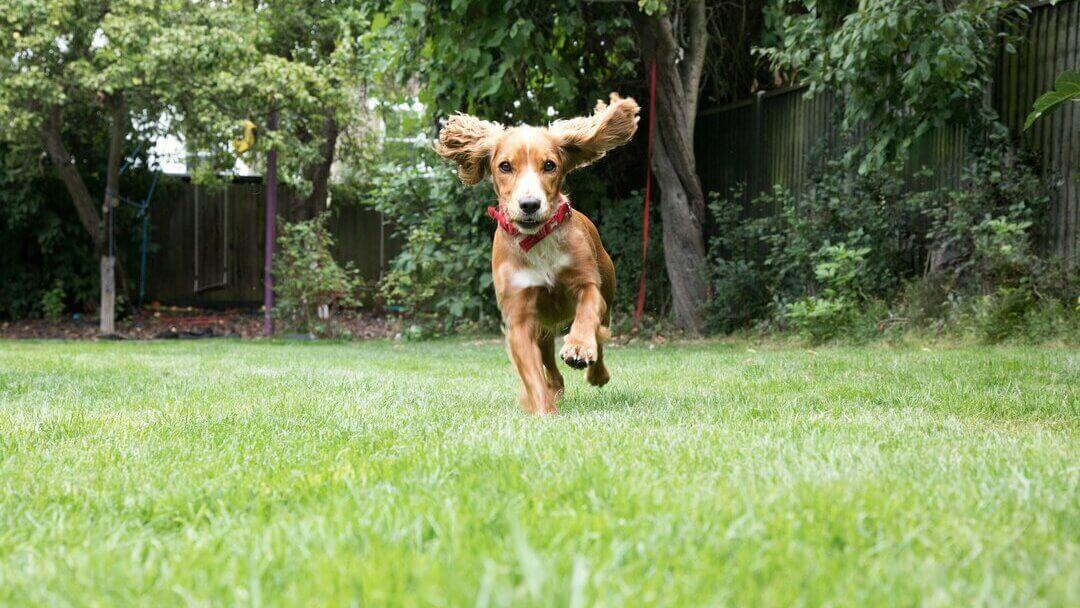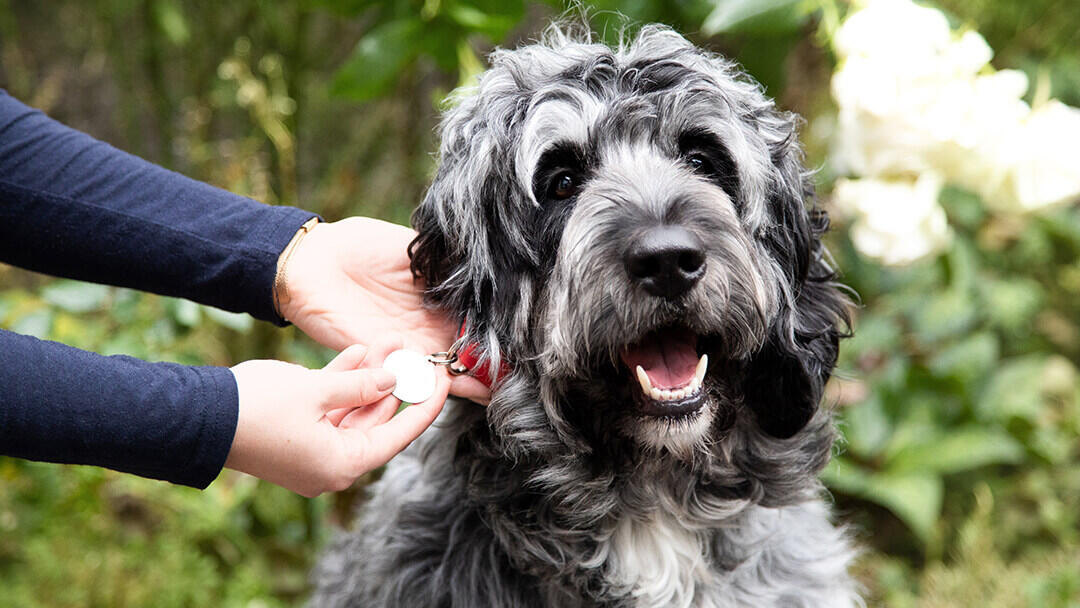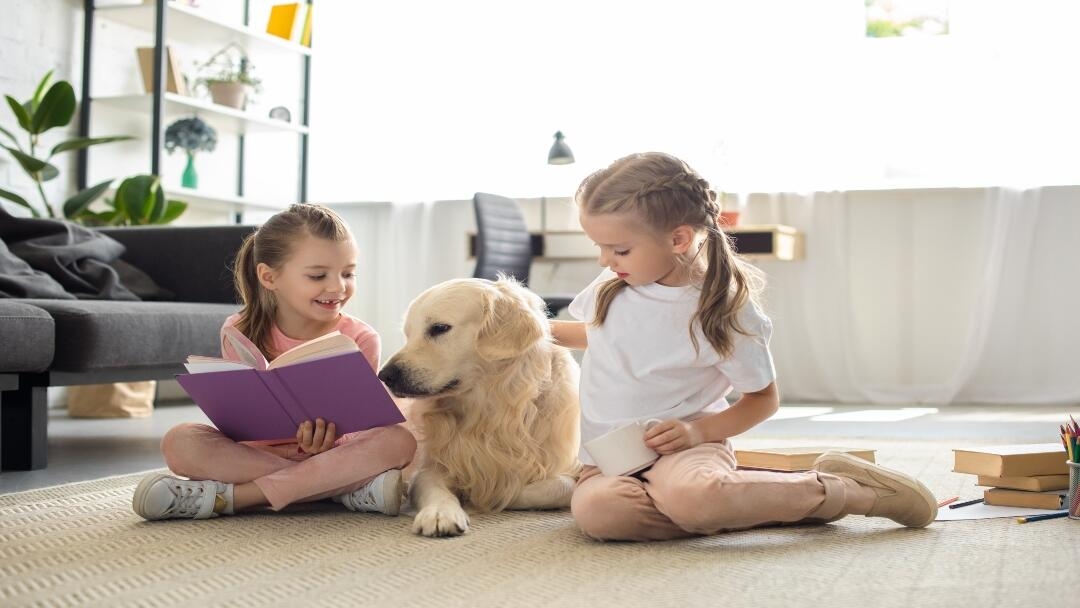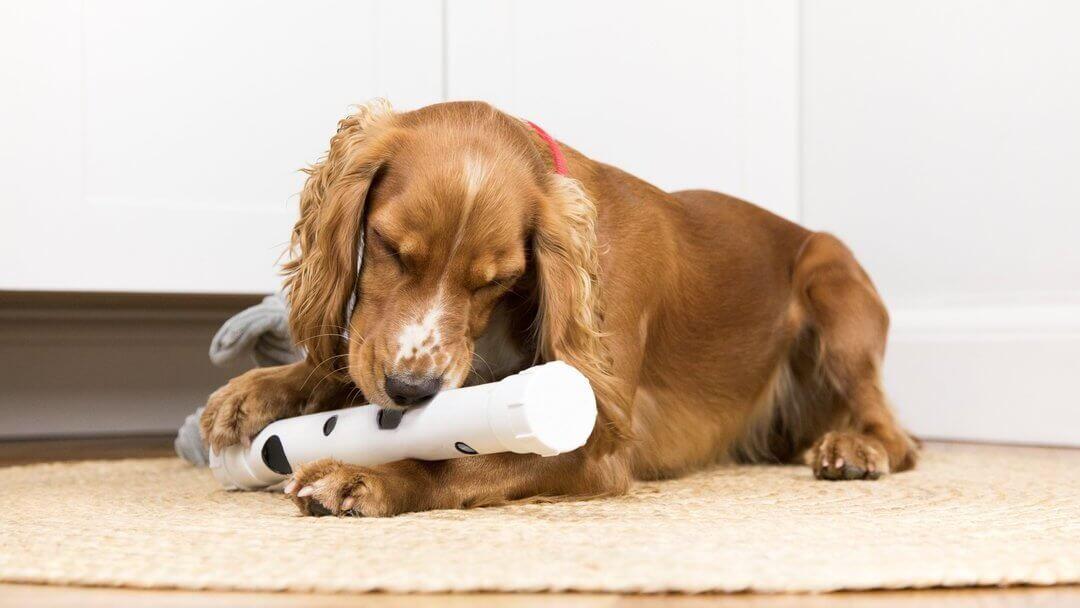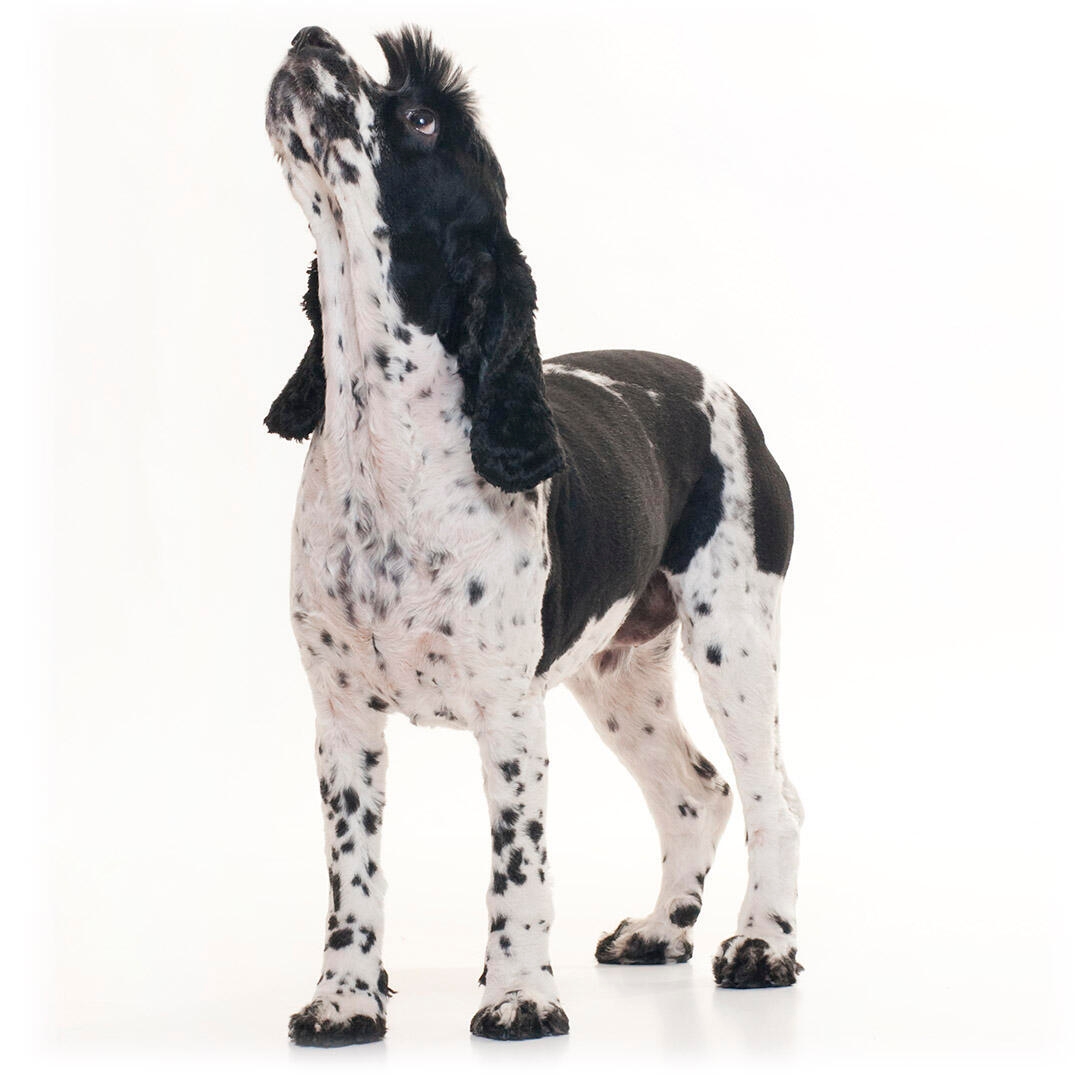
The Cockalier is a relatively new designer breed and as such, there’s not much in the way of history. Therefore, it’s important to look into the two breeds involved in its make-up to understand more about the Cockalier.
The English Cocker Spaniel is one of the most popular spaniel breeds and also one of the oldest land spaniels. Prior to the early 1880s, the Cocker and Springer Spaniel were categorised as the same breed and referred to as the ‘Land Spaniel’, but they developed different jobs as the years went on due to their differing size. The Springer was used to ‘spring’ upon game, whereas the Cocker was used to flush out Woodcock, hence the names. The difference between the two breeds became greater defined due to selective breeding and in 1893, they were finally recognised as two different breeds.
The Cavalier King Charles Spaniel is the latest of the English Toy Spaniels and was developed in the 1920s in order to try and recreate the famous dogs of King Charles. The breed began with a long snout, but in the Victorian era shorter noses became the fashion, resulting in a much flatter faced breed. However, in 1926 an American called Roswell Eldridge visited England and was disheartened by the fact he couldn’t see the dogs so often depicted in art, so he set to reinstating the longer nose of the breed. This started a movement and led to the formation of the Cavalier King Charles club in 1928 and finally in 1945, the Cavalier King Charles Spaniel was recognised as a separate breed to the flat-faced King Charles Spaniel.
The Cockalier can have any combination of the two breeds in their appearance, behaviour and temperament.
